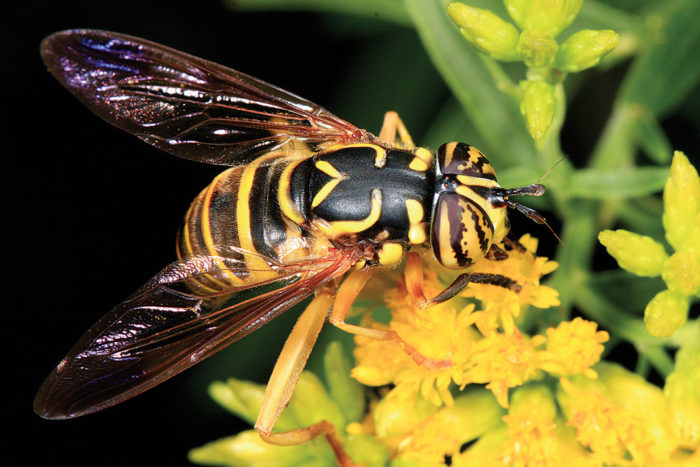
Integrated pest management (IPM) may sound complicated, like something only professionals can do. But this commonsense approach to maintaining garden health is actually something we all can work into our garden routines. Simply put, IPM is about using the least toxic, most effective methods of pest control possible.
Careful observation and good research are the keys to finding the best solution to a garden problem. At Longwood Gardens in Kennett Square, Pennsylvania, we draw on a variety of strategies to manage pests. Cultural control is our first and best option, reflected in our ongoing efforts to give plants the space, light, and other resources they need to grow strong and naturally fight off pests. We also use a variety of physical and mechanical pest control methods, such as installing deer fencing, removing bugs by hand, and pulling weeds. Sometimes we rely on biological controls such as releasing beneficial insects that prey on pests, or providing habitat for insect-hunting birds. Chemical control is a last resort, considered only when other methods of pest management fail. Our team chooses chemical controls carefully, seeking the least toxic options and those that specifically target the pests we want to eliminate. We apply only enough to be effective and take all possible precautions to avoid harming people and other living things.
If you would like to develop an IPM plan of your own, here are some simple dos and don’ts to help get you started.
DO encourage beneficial insects
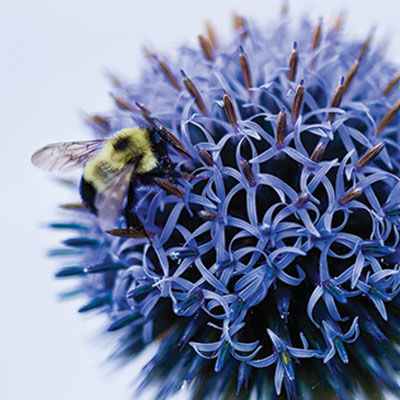
Pollinators are important but are by no means the only beneficial insects to encourage in our gardens. We can also attract insects that prey on pests and perform other garden jobs. For example, syrphid flies, also known as hover flies, are valuable garden guests. The adults feed on nectar and pollen, and some are good pollinators. The larvae help to break down decaying plant matter in the soil and eat pests such as aphids and thrips. Your IPM plan can include surveying your garden to identify the good guys you already have, and learning what you can do to draw in more. Planting the preferred food and habitat species for beneficial insects is a surefire way to increase their numbers.
DO plant plenty of different species
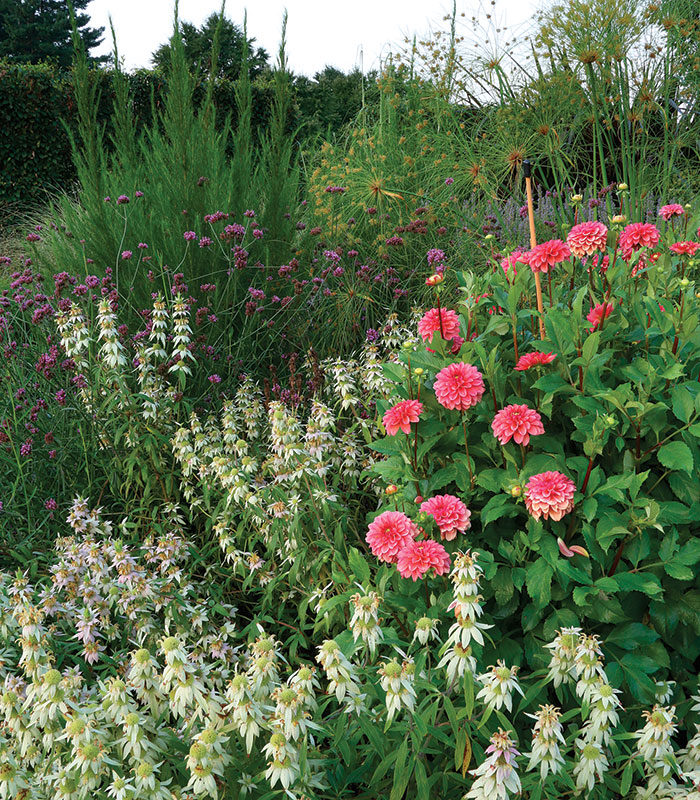
Variety is the spice of life, and it can also help to relieve disease and insect pressure in your garden. If you fill your garden with just a few species, it will be much easier for diseases or insects to move rapidly and do a lot of damage. For example, boxwood blight would move quickly through a garden planted mainly with boxwood. Many insects and diseases are host-specific and will not affect neighbors in a diverse mixed planting.
DO keep things tidy

To ensure a more comfortable garden and healthier plants, a few small chores can make a big difference. For good disease management, remove any fallen diseased leaves. To promote good air circulation, which discourages fungi and other moisture-loving pathogens, be sure to properly space and prune plants. Find the spots where rodents and insect pests are most likely to hang out, and remove any debris they might be living in. Finding and removing standing water is an easy way to reduce the mosquito population in your yard without spraying.
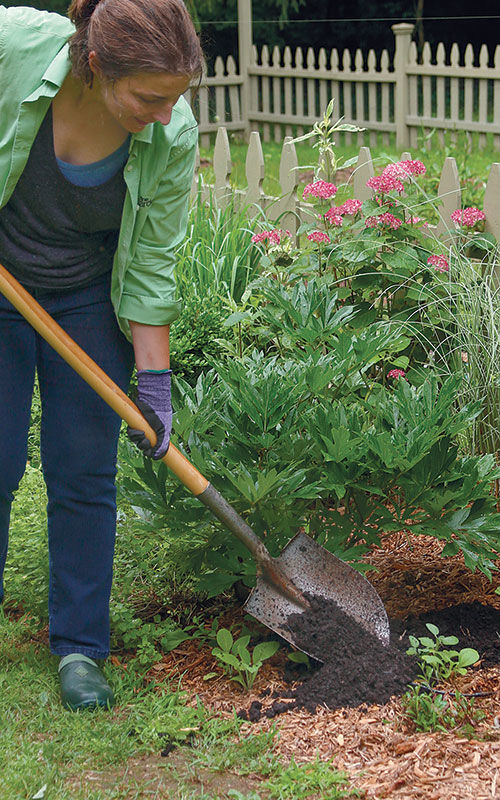
DO grow healthy plants
The easiest thing you can do to naturally manage pests is to grow healthy plants. Think about how much easier it is for you to fight off infections when you eat properly, stay hydrated, and avoid stress. Plants are much the same. As part of your IPM plan, make it your business to learn what nutrients your plants need, how much water they like, and how they should be pruned. Work on eliminating common stressors such as overwatering, excessive insect damage, disturbance or compaction of root zones, overly deep planting, and overmulching. Find the right spots for your plants, since those forced to live outside of their preferred conditions will be more susceptible to problems.
DON’T try to remove all insects from your garden
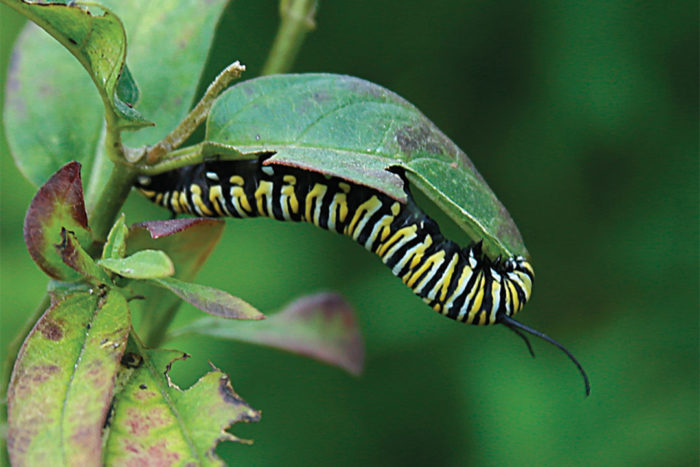
If you take the time to identify potential pests that you spot on your plants, you will soon learn that most backyard bugs are not scary invaders intent on doing harm. As part of your IPM plan, work on reducing your pesticide use, and learn to be OK with some damage. Sometimes using the least toxic control method will mean that a few pests are left behind, but it also means that favorite garden guests, such as monarch butterfly larvae (photo) are left unharmed. As long as you don’t mind seeing occasional evidence of the insects that share your garden, you can focus on pest control practices that foster a healthy, diverse garden ecosystem.
DON’T assume that spraying is your only option

There are a variety of tools in the IPM toolbox to combat pests without chemicals. Be sure to consider cultural, biological, and mechanical solutions before moving to pesticides. Cultural controls are actions we can take that alter growing conditions—for example, refraining from overhead watering to discourage fungal diseases, or moving a plant that is susceptible to spider mites out of full sun (spider mites love hot, dry conditions). Biological controls employ one organism to control another, such as releasing lacewings to eat aphids, or spraying Bt to control caterpillars. (Learn how to use Bt safely.) Mechanical controls might involve using a tool to physically remove the stressor, such as pruning out a branch or leaf infested with insects. The key to a good IPM plan is to always seek out the least toxic yet most effective approach for each situation.
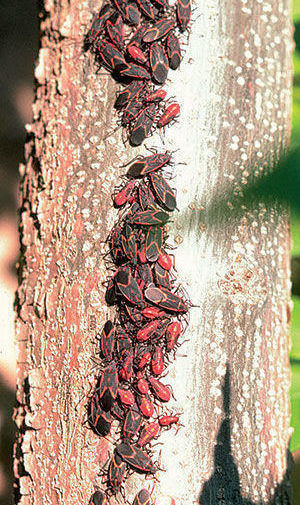
DON’T judge a book by its cover
Before you try to eliminate an insect you’ve found in your garden, it is crucial to identify it and determine whether it is a friend, foe, or innocent bystander. Some scary-looking insects are in fact beneficial species that help to control pests. Other insects may cause alarm when they congregate in your garden, but further research will prove that they are not pests. For example, box elder bugs (Boisea trivittata, photo) often gather in large numbers before overwintering, but they do not cause significant damage to most garden plants.
—Rachel Schnaitman manages the IPM program at Longwood Gardens in Kennett Square, Pennsylvania.
Photos, except where noted: Carol Collins
Fine Gardening Recommended Products

ARS Telescoping Long Reach Pruner
Fine Gardening receives a commission for items purchased through links on this site, including Amazon Associates and other affiliate advertising programs.
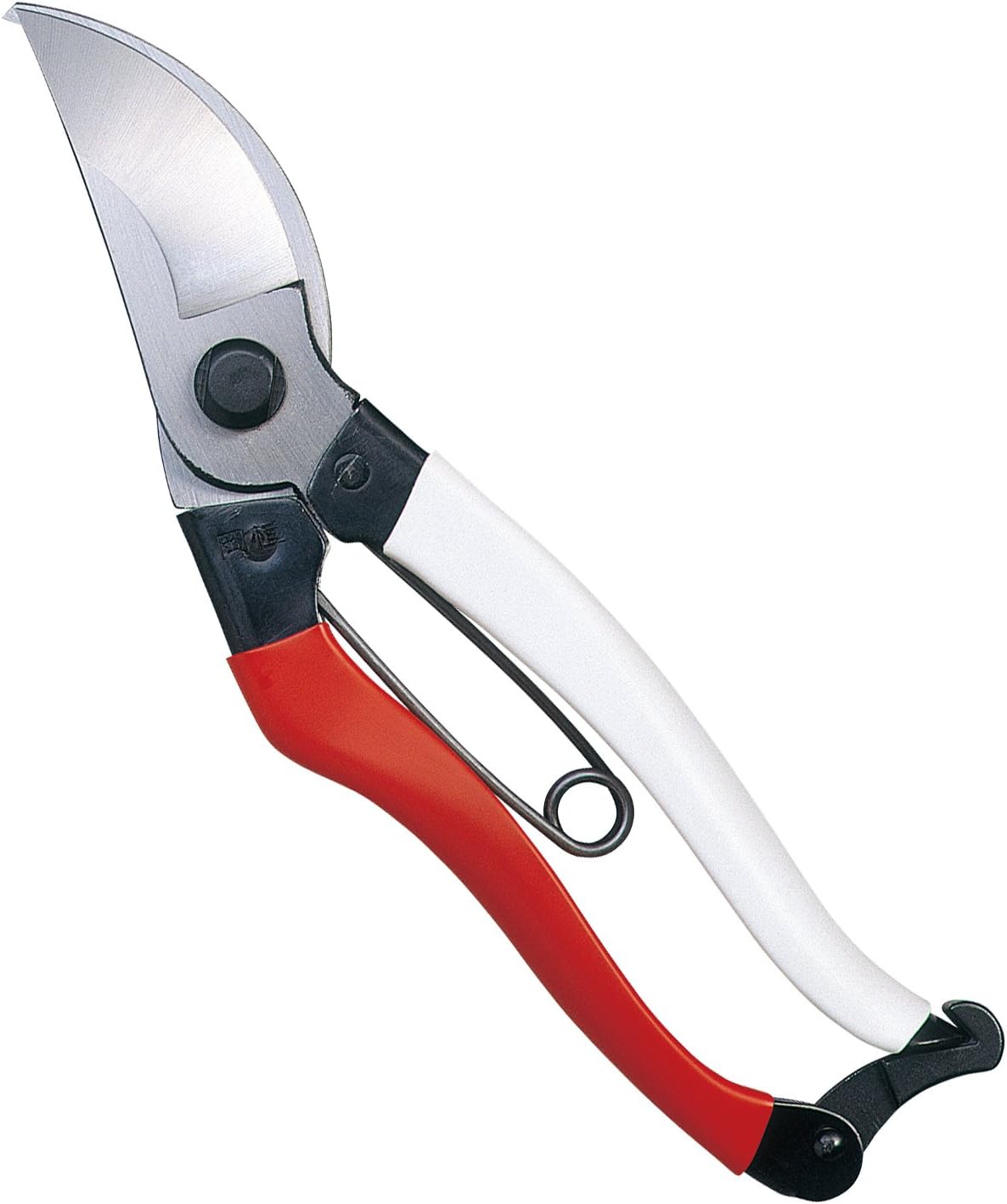
Okatsune 103 Bypass Pruners General Purpose Medium
Fine Gardening receives a commission for items purchased through links on this site, including Amazon Associates and other affiliate advertising programs.

SHOWA Atlas 370B Nitrile Palm Coating Gloves, Black, Medium (Pack of 12 Pairs)
Fine Gardening receives a commission for items purchased through links on this site, including Amazon Associates and other affiliate advertising programs.


















Comments
Log in or create an account to post a comment.
Sign up Log in